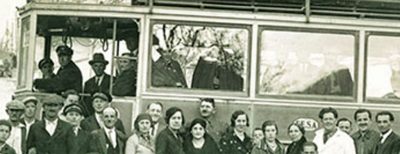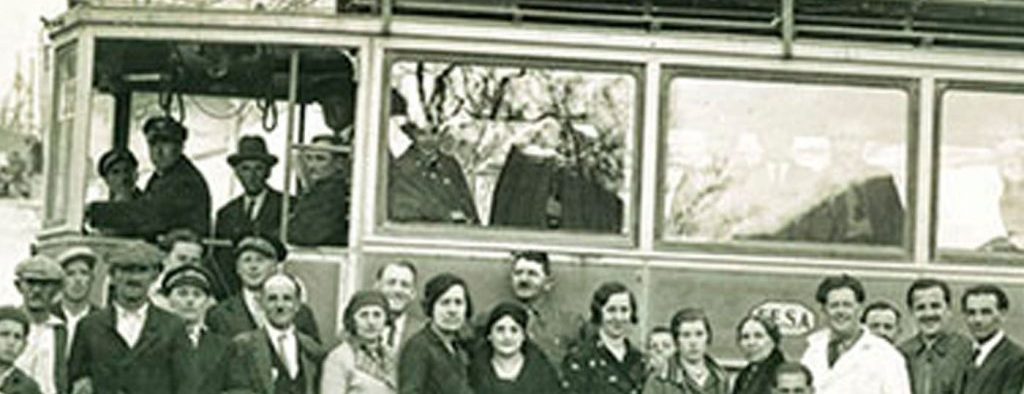The length of the route was 55 kilometers and it connected with the railway to Trieste in Sv. Petar na Krasu (today Pivka), in Slovenia. In 1869, the monarchy relieved the Southern Railway Society of its concession obligations and provided funds for the construction of the railway. The Southern Railway Society completed the construction that had already begun and ceremoniously opened the railway on June 25, 1873. In the same year, a few months later (October 23, 1873), another railway was put into operation, connecting Rijeka with Karlovac, Zagreb and Budapest. That year, Opatija also got a railway connection with Vienna, Budapest, Zagreb, Trieste, Ljubljana and other cities on the railway line. For Rijeka, these roads were a prerequisite for strong port traffic and economic growth, and they enabled Opatija’s tourism development. The Southern Railway Society participated in this grandiose project and built the cradle of Croatian coastal tourism – Opatija (Hotel Kvarner, 1884).
The connection from the Opatija – Matulji railway station to Opatija (about 5 km) was carried by carriages for the first decades. Around 1900, the construction of a small electric railway from Matulji, through Volosko, to Opatija and Lovran was considered. The funds were secured through the Vienna Credit Bank and the builder was Jakob Ludwig Muntz. The concession for 12 km of tram line was issued on November 12, 1906, and traffic began on February 9, 1908. The tram was operated by the joint stock company Electric Tram Matulji – Opatija – Lovran. The starting station of the route was located in Matulji at 212 meters above sea level and then the railway descended towards the coast, following the main (era) road all the way to the turnpike in Lovran. Luggage was transported by special wagons and open wagons were used during the summer. The small electric railway, the Opatija tram, had a voltage of 750 V which was the highest in Austro-Hungary. The ride to Lovran, with a stop at 30 stations along its entire length, took about an hour.
In 1933, bus traffic was introduced. Therefore the tram line was dismantled and part of the wagons was sold to the City Magistrate in Ljubljana where they operated until the middle of the 20th century.

